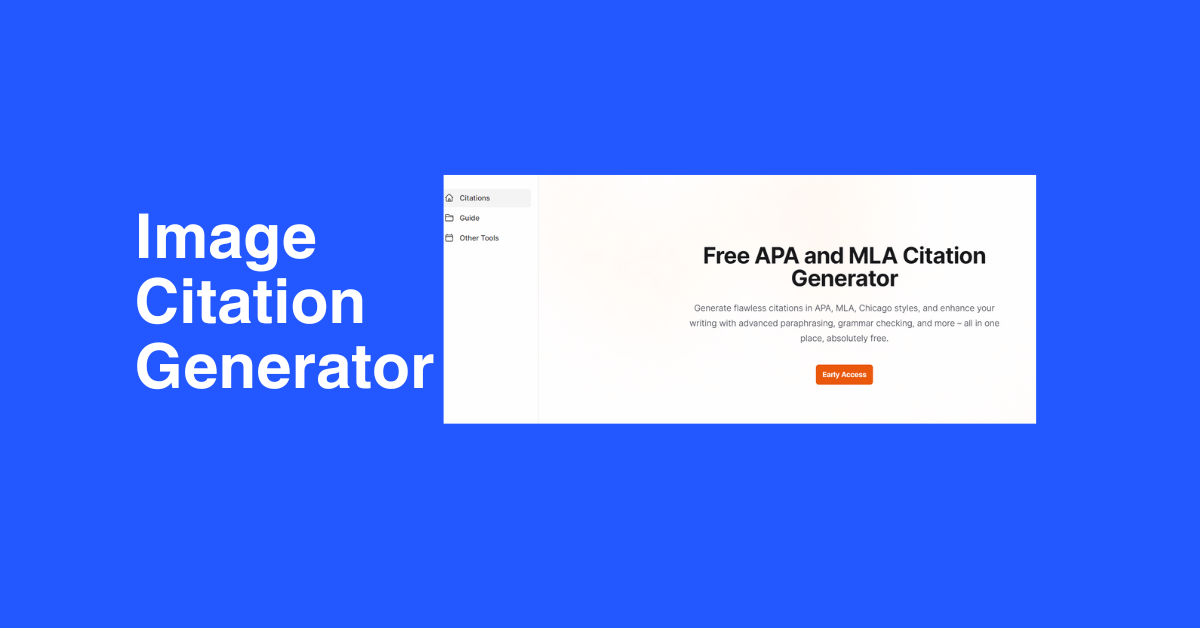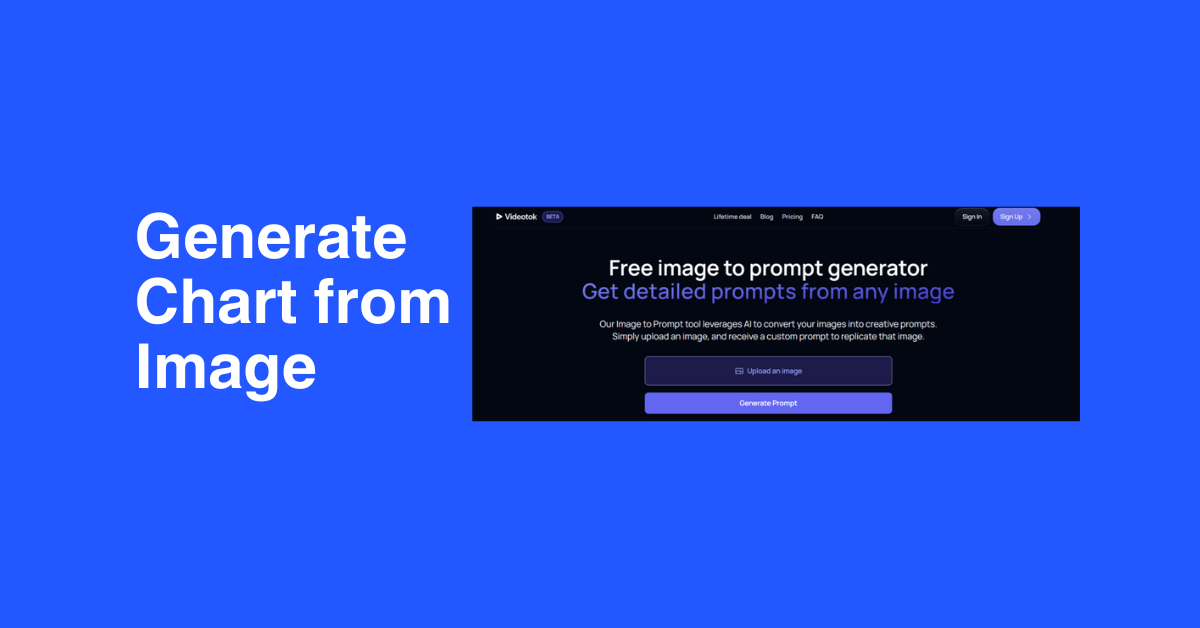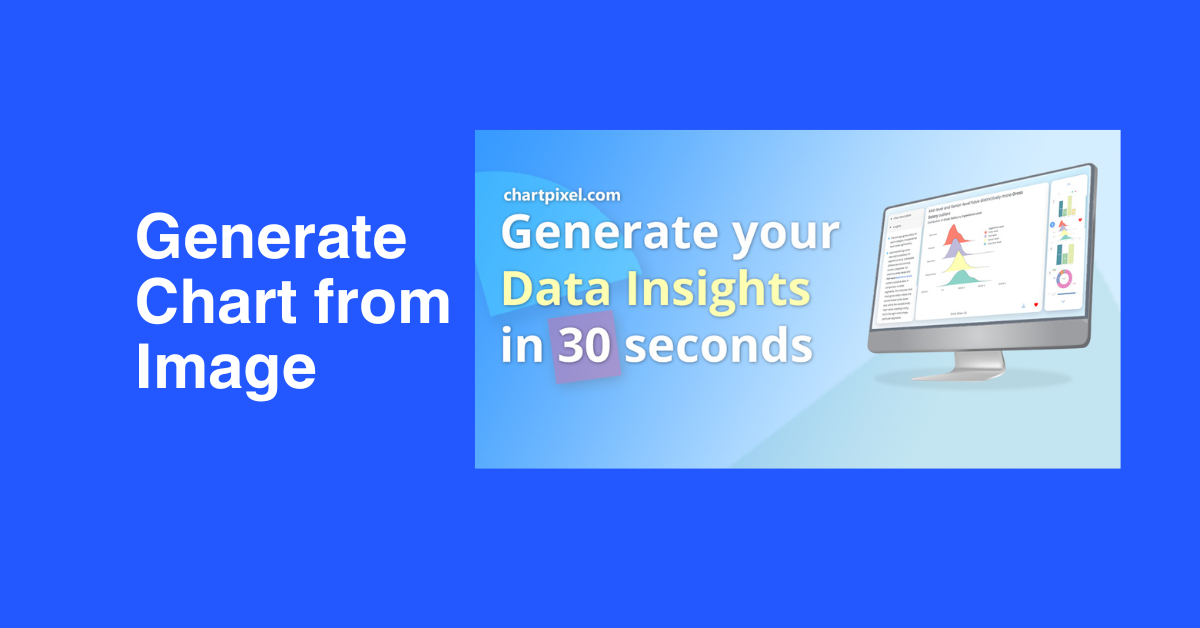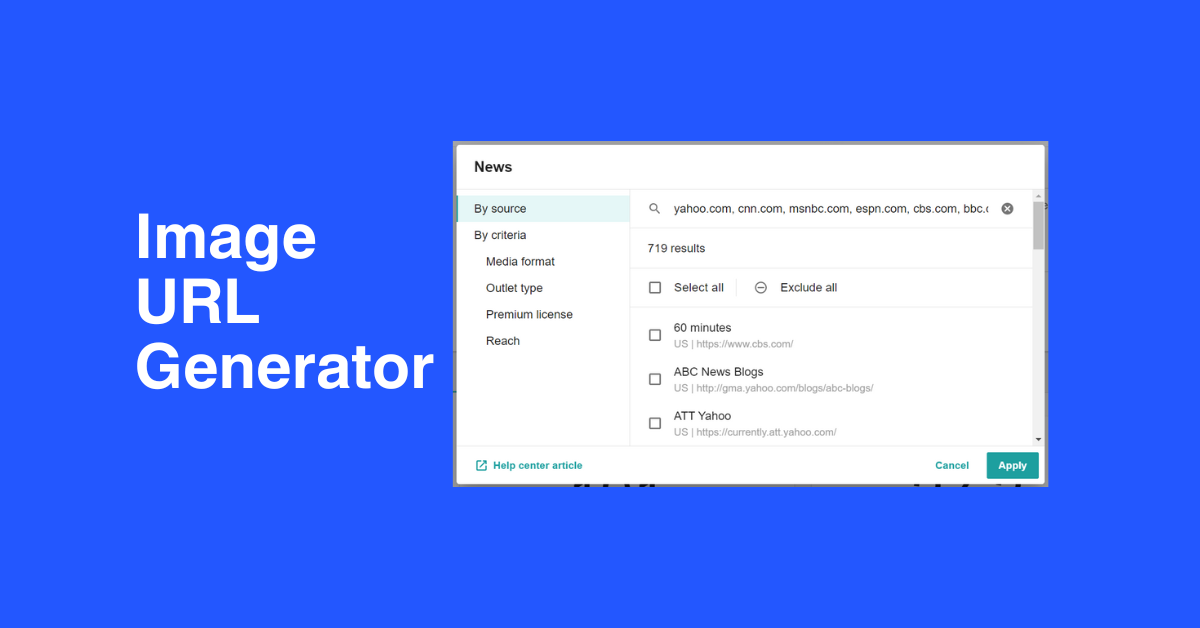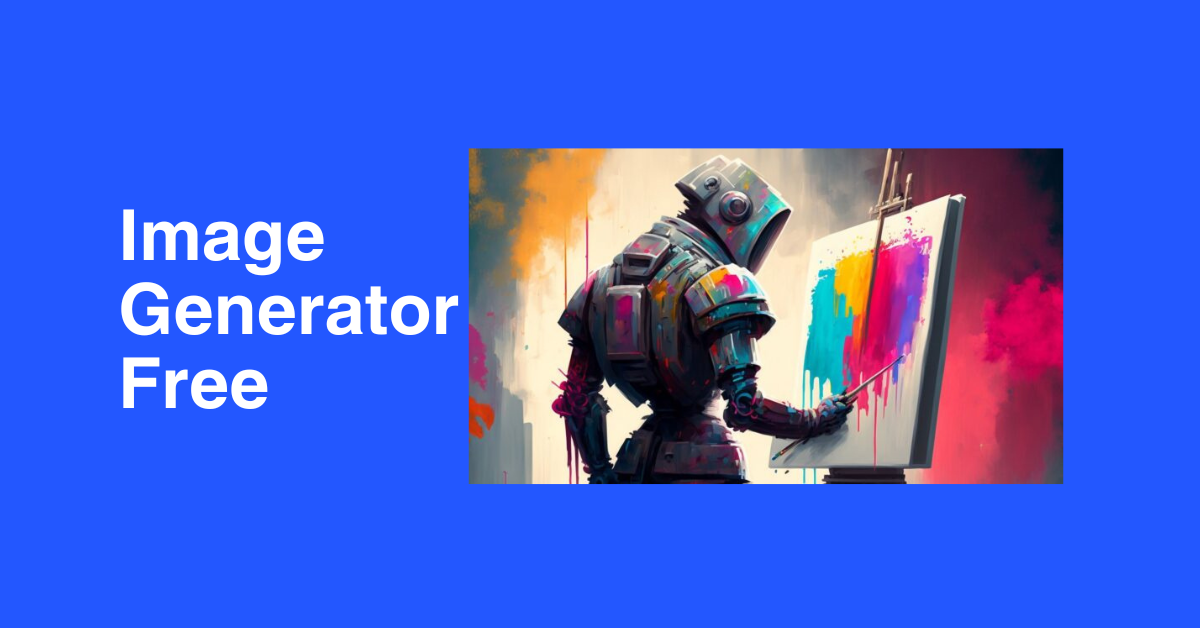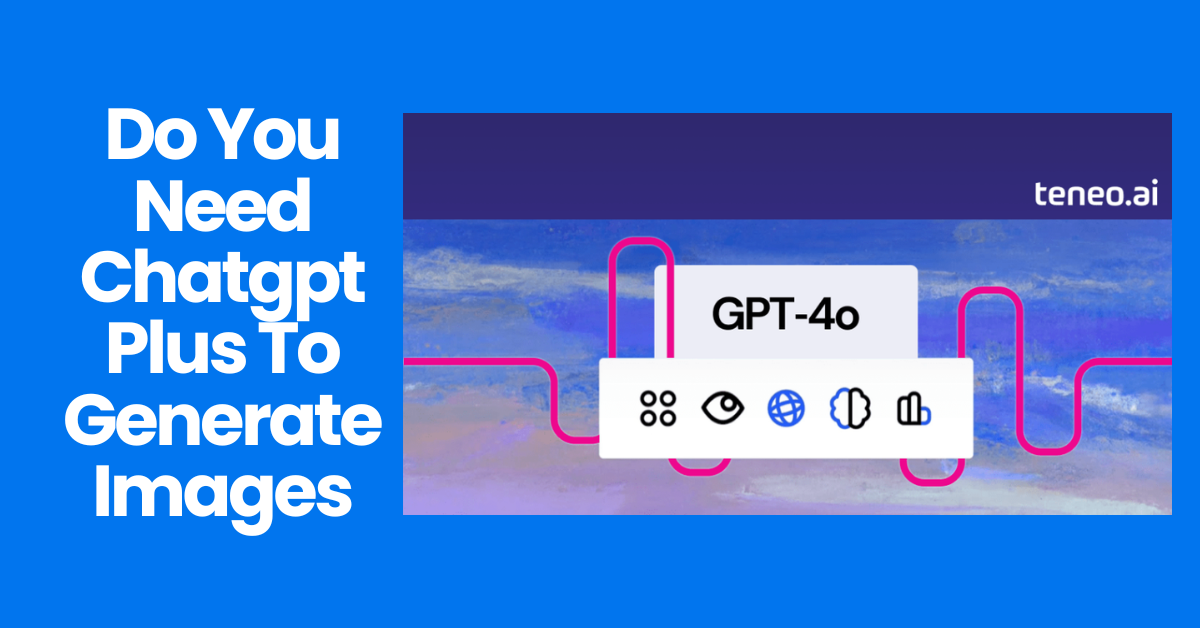
Do You Need Chatgpt Plus To Generate Images
- Image Generators
- November 8, 2024
- No Comments
The advancement of artificial intelligence has taken leaps and bounds over the past few years, particularly in the realm of language models. One of the most exciting developments in this space is OpenAI’s GPT-4, which has sparked discussions not only about its text generation capabilities but also the intriguing possibility of image generation. The question arises: can GPT-4 generate images? In this blog post, we will explore the evolution of GPT models, delve into the technical aspects of GPT-4, examine its potential applications, consider limitations and challenges, compare it with other AI models, and analyze ethical implications—all while seeking to uncover whether GPT-4 can indeed create images.
Can GPT-4o Generate Images? Exploring the Possibilities
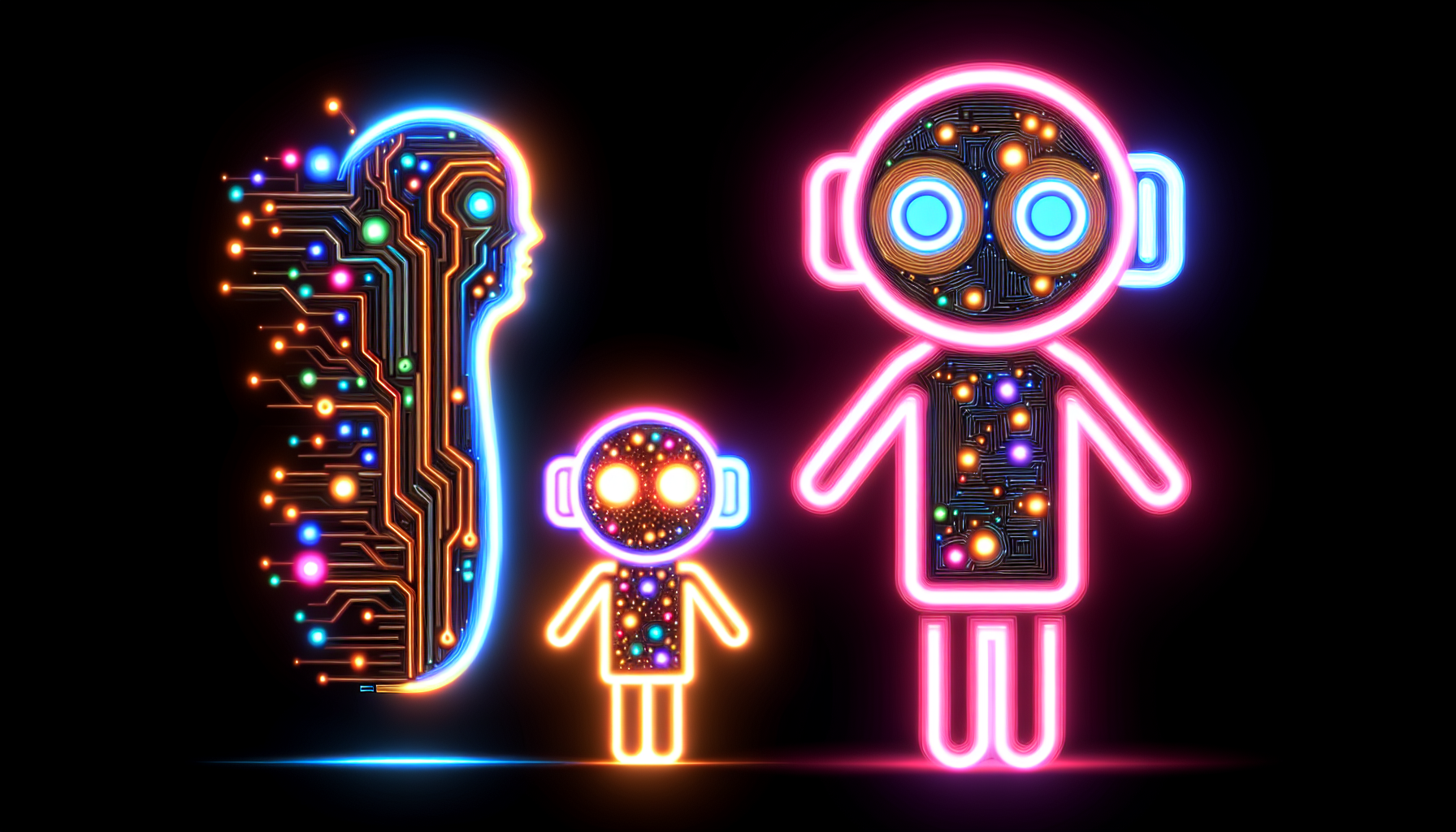
The prospect of using a language model like GPT-4 to generate images opens up new avenues for creativity and innovation. This section will set the stage for our exploration by discussing the fundamental principles of AI-generated imagery and how these relate to language generation.
Understanding Image Generation in AI
Image generation through artificial intelligence involves using algorithms and neural networks to create visual content from various inputs.
These inputs can come in different forms—whether they are textual descriptions, sketches, or even other images. The aim of such systems is to interpret these inputs and produce an image that aligns with them as closely as possible.
Text-to-image synthesis has gained considerable traction, with several models showcasing the ability to generate detailed and high-quality images based on written prompts. However, traditional approaches focused primarily on specific architectures designed explicitly for image generation, like GANs (Generative Adversarial Networks) or VAEs (Variational Autoencoders). In contrast, GPT-4, being a language-based model, raises questions about whether it can effectively engage in tasks typically reserved for visual models.
The Intersection of Text and Image Generation
At the core of generating images lies the relationship between text and visual data. Language serves as a powerful communication tool that conveys ideas, emotions, and narratives.
When translating text into images, the challenge is to capture the essence of a description and translate it into a visual format. Achieving this requires not just understanding the syntax of language but also interpreting semantics and contextual relevance.
GPT-4, with its advanced language capabilities, offers a unique lens through which to view this intersection. It excels at comprehending nuanced sentences and generating contextually relevant responses. This foundational strength presents an opportunity to explore whether GPT-4 can serve as a bridge between verbal concepts and their visual representations.
The Evolution of GPT: From Text to Image Generation

To fully appreciate the capabilities of GPT-4, it’s essential to understand the progression of GPT models and how they have evolved from mere text processors to advanced systems that may have implications for image generation as well.
The Journey from GPT-1 to GPT-4
The original GPT model emerged as a groundbreaking approach to natural language processing (NLP).
Each iteration improved upon its predecessor’s capabilities, enhancing fluency, coherence, and contextual understanding. With the introduction of GPT-2 and subsequently GPT-3, the focus shifted from simple text generation to more complex applications such as dialogue generation, content summarization, and even creative writing.
As models improved, so did the complexity and depth of human-like interaction. GPT-3, for instance, demonstrated remarkable abilities in generating coherent long-form text that could mimic human writers across various styles and genres.
The launch of GPT-4 marked another significant leap, characterized by enhanced fine-tuning and adaptation capabilities. While its primary function remains grounded in text generation, discussions have increasingly centered around whether it can transcend these boundaries to venture into image creation.
Bridging the Gap: Theoretical Basis for Image Generation
Theoretically, bridging text and image generation is plausible because both processes rely on similar underlying principles of learning from patterns within large datasets.
While GPT-4 is designed for language, there are existing frameworks using principles from machine learning that have effectively merged text generation with image creation. For example, image synthesis techniques utilize vector embeddings derived from textual information to guide the rendering of corresponding visuals.
This perspective invites curiosity into the mechanisms that could potentially enable GPT-4 to engage in image generation. The idea is not merely to generate random images but to create thoughtful, contextually rich visuals informed by text input.
GPT-4 and Image Synthesis: A Technical Deep Dive

In exploring the potential for GPT-4 to generate images, it is crucial to unpack the technical components that constitute its architecture. This deep dive will clarify how GPT-4 operates and what innovations might facilitate image generation.
Architectural Foundations of GPT-4
GPT-4 builds upon a transformer architecture, which has revolutionized the way AI processes sequential data.
Transformers utilize self-attention mechanisms that allow the model to weigh the significance of different words in relation to one another, thereby capturing intricate relationships and context. This framework underpins GPT-4’s prowess in understanding and producing human-like text.
By leveraging massive datasets comprised of diverse textual sources, GPT-4 has honed its capabilities in predicting the next word in a sentence, maintaining context, and adapting to stylistic nuances.
However, engaging in image synthesis would raise questions about how these same principles might be adapted or expanded upon to accommodate visual outputs.
Incorporating Visual Elements into the Transformer Model
While GPT-4 is fundamentally a language model, modifying its architecture to incorporate visual elements is theoretically feasible.
One approach could involve augmenting the transformer model with visual encoders, enabling it to process and interpret image data alongside text. This hybrid setup could facilitate simultaneous training on both modalities, allowing the model to learn associations between descriptive language and corresponding visual features.
Research indicates that multi-modal learning, which integrates multiple types of data—like text and images—can yield compelling results in enhancing the performance of generative models. By capitalizing on this synergy, GPT-4 could potentially position itself as a versatile tool capable of both linguistic and artistic expression.
Evaluating Performance Metrics in Image Generation
If GPT-4 were to venture into generating images, establishing metrics for evaluating its performance would be imperative.
Standard benchmarks in image generation include assessing quality, diversity, and fidelity to the input description. Models like DALL-E and CLIP serve as examples where performance metrics have been established to gauge success in translating text prompts into cohesive visual output.
For GPT-4, creating a robust framework for evaluation would necessitate a combination of qualitative assessments—which could involve subjective human judgment—and quantitative measures, such as calculating perceptual similarity scores against real-world images.
Understanding these metrics will help set expectations regarding the quality and applicability of any generated imagery, ensuring that GPT-4 can maintain its standards while expanding its functional horizons.
The Potential Applications of GPT-4 in Image Creation
Exploring the landscape of potential applications for GPT-4’s image generation capabilities reveals a broad spectrum of opportunities.
From art to marketing, education, and beyond, harnessing the power of AI to create visuals from text can transform industries and enhance creativity.
Artistic Expression and Creative Design
One of the most profound applications of GPT-4 in image generation lies within the realm of creative expression.
Artists and designers often seek inspiration from various sources, including literature, poetry, and abstract concepts. With GPT-4 capable of generating images based on nuanced textual prompts, it could serve as a collaborative partner for creators looking to visualize their ideas with greater depth and accuracy.
Imagine an artist providing a poetic description of a scene, allowing GPT-4 to render that vision into a tangible image. This collaboration could ignite fresh possibilities in artistic practices while preserving the artist’s individual voice and style.
Enhancing Content Creation and Marketing Strategies
In the world of content creation, visuals play a pivotal role in attracting and engaging audiences.
GPT-4’s potential for generating relevant images based on written content could revolutionize how marketers, bloggers, and social media managers approach visual storytelling. By automating the design process, teams could save valuable time while still delivering high-quality visuals that resonate with target demographics.
Furthermore, tailoring images to align with specific brand narratives or marketing campaigns could result in elevated audience engagement and increased retention rates. The efficiency of such a system could empower businesses to invest more resources in strategy and less in logistics.
Educational Tools and Learning Aids
Education stands to benefit significantly from advancements in AI-driven image generation.
Visual aids can enhance comprehension and retention, making complex subjects more accessible to learners of all ages. If GPT-4 can generate contextual images based on educational materials, teachers and students alike could leverage this technology to support interactive learning experiences.
For instance, a history lesson on ancient civilizations could prompt GPT-4 to create illustrations depicting historical scenes, artifacts, and landscapes. This immersive approach may foster a deeper connection to the material, enriching the overall learning experience.
Limitations and Challenges of GPT-4 in Image Generation
Despite the promising possibilities that emerge from pairing GPT-4 with image generation, there exist inherent limitations and challenges that must be addressed.
Technical Constraints of Current AI Systems
While GPT-4 boasts impressive capabilities in natural language processing, several technical constraints could hinder its transition to image generation.
The sheer complexity of synthesizing high-quality images from text entails substantial computational resources and sophisticated algorithms specifically designed for visual outputs. Unlike language, which exists in a linear form, images possess spatial dimensions, requiring distinct methods for representation and rendering.
Moreover, ensuring that the generated images adequately represent the intricacies of the input text can pose additional challenges. Misinterpretations or lack of clarity in the text can lead to ambiguous or unsatisfactory visual outcomes.
The Challenge of Contextual Relevance
Context plays a crucial role in determining the accuracy of generated images.
Given that GPT-4’s strengths lie in text comprehension, any image generation process would need to ensure that context is adequately captured and translated. The risk of producing irrelevant or confusing images could undermine the user experience, particularly if the visual does not align with the intended message.
This challenge emphasizes the importance of refining the model to accurately interpret contextual cues and subtleties in language, ensuring that the resulting imagery reflects the depth of the original description.
Societal Implications and Public Perception
The integration of AI-generated imagery into society raises questions about public perception and acceptance.
As chatbots and virtual assistants become integral to daily life, consumers may hold varying opinions on the authenticity and value of AI-generated content. Whether in artistic pursuits or commercial applications, skepticism regarding the originality and emotional resonance of AI-generated images could pose hurdles to widespread adoption.
Furthermore, concerns surrounding copyright and ownership of AI-generated works may complicate the legal landscape, necessitating discussions about intellectual property rights in the age of artificial intelligence. These societal implications highlight the importance of transparent communication and ethical considerations when introducing AI technologies into mainstream use.
Comparing GPT-4’s Image Generation Capabilities with Other AI Models
To assess GPT-4’s potential impact on image generation, it’s vital to compare its capabilities with those of other established AI models that specialize in image synthesis.
DALL-E: Pioneering Text-to-Image Generation
OpenAI’s DALL-E has emerged as one of the most notable models dedicated explicitly to generating images from textual descriptions.
DALL-E employs a variant of the transformer architecture, allowing it to create highly detailed and imaginative visuals based on input prompts. Its ability to combine disparate concepts into cohesive images showcases the potential for artistic creativity powered by AI.
When contrasting DALL-E with GPT-4, it becomes apparent that while both operate on similar principles of interpreting language, DALL-E has been optimized for visual outputs, whereas GPT-4 is primarily focused on text generation.
Their differing design philosophies illustrate the necessity of specialized models for specific tasks, though the merger of their capabilities could pave the way for future advancements.
CLIP: Bridging Text and Images
Another noteworthy model is CLIP (Contrastive Language–Image Pre-training), which excels in understanding the relationships between text and images.
CLIP’s architecture enables it to associate textual descriptions with images during training, resulting in robust performance across a variety of tasks that require cross-modal understanding.
Comparatively, while GPT-4 holds strengths in language generation, CLIP demonstrates an aptitude for interpreting and correlating visual information with linguistic input—an area where GPT-4 might need further development to achieve similar efficacy.
This juxtaposition highlights the complementary nature of these models, suggesting that integrating the strengths of both could yield a comprehensive solution for image generation rooted in text.
Future Directions: Combining Strengths for Enhanced Performance
The future of AI-driven image generation could benefit immensely from combining the capabilities of models like GPT-4, DALL-E, and CLIP.
By leveraging GPT-4’s advanced language processing with DALL-E’s image synthesis and CLIP’s cross-modal understanding, researchers and developers can create a more versatile and powerful platform capable of producing high-quality images that genuinely reflect input descriptions.
Collaboration among these diverse models can foster innovation, driving improvements in both creative applications and practical implementations across industries.
The Future of Image Generation with GPT-4
Looking ahead, the trajectory of image generation using GPT-4 holds immense promise.
As research and development continue to push the boundaries of what is possible, we can anticipate transformative advancements that reshape our interactions with visual content.
Innovations in Multi-Modal AI
The concept of multi-modal AI—wherein systems integrate and process data across multiple modalities—stands at the forefront of future developments.
By embracing this approach, GPT-4 could evolve into a more holistic platform that seamlessly combines text and image generation capabilities. Imagine an AI that can not only craft compelling narratives but also visualize them through stunning imagery, enriching the storytelling experience.
Such innovations could open doors for entirely new applications in fields ranging from entertainment to education, fostering deeper connections with audiences through immersive content.
User-Centric Development and Customization
As AI technologies continue to evolve, prioritizing user-centric development will be paramount.
To maximize the utility of GPT-4 in image generation, platforms should offer customization options that allow users to tailor their inputs and outputs according to specific preferences. Providing tools for artists, designers, and content creators to influence the style, tone, and complexity of generated imagery could enhance user satisfaction and engagement.
Encouraging collaboration between AI and creatives can foster an environment where technology amplifies artistic expression rather than overshadowing it. Empowering individuals to co-create with AI may lead to innovative solutions and unique artistic expressions that enrich the cultural landscape.
Exploring New Frontiers in Creativity
Finally, the evolving landscape of AI and image generation portends exciting opportunities for exploring uncharted realms of creativity.
As generative models become more sophisticated, the fusion of AI with human creativity could yield groundbreaking artistic movements and techniques. Innovators in fields like film, gaming, and graphic design may harness the capabilities of GPT-4 to experiment with new aesthetics and visual storytelling approaches.
Imagining a future where artists collaborate with AI to create works that blend human intuition with machine-generated insights evokes a sense of limitless potential. Such collaborations may redefine traditional notions of authorship and creativity, challenging us to embrace the symbiotic relationship between humans and machines.
Ethical Considerations in Using GPT-4 for Image Creation
Amidst the excitement surrounding AI-generated images, ethical considerations loom large.
As with any powerful technology, responsible usage and awareness of potential ramifications become critical.
Ownership and Copyright Issues
One of the foremost ethical issues revolves around ownership and copyright of AI-generated works.
When a model like GPT-4 generates an image based on a user-provided prompt, questions arise regarding who owns the rights to that image. Should the credit go to the user, the developer of the AI, or perhaps the AI itself?
Navigating the murky waters of intellectual property in the era of AI-generated content will necessitate clear guidelines and regulations to protect the rights of all parties involved.
The Risk of Misrepresentation and Misinformation
The potential for AI-generated images to misrepresent reality or spread misinformation poses another ethical concern.
In a world where images carry significant weight in shaping perceptions, the capacity to fabricate realistic visuals can lead to deception or manipulation. Ensuring transparency and accountability in the generation of images will be crucial to preventing misuse, particularly in contexts like journalism, advertising, and social media.
Promoting responsible AI usage must become central to discussions surrounding its implementation, safeguarding against negative repercussions while fostering a culture of trust and integrity.
Cultural Sensitivity and Representation
Cultural sensitivity is a vital consideration when utilizing AI for image generation.
As models draw from vast datasets, there is a risk of perpetuating stereotypes or overlooking diverse narratives. Developers must prioritize inclusivity and representation in training data to mitigate biases and ensure that generated imagery does not inadvertently reinforce harmful tropes or inaccuracies.
Engaging diverse voices in the development process can contribute to a richer and more balanced portrayal of cultures, backgrounds, and experiences, ultimately leading to more respectful and representative imagery.
Real-World Examples of GPT-4 Generating Images
While the theoretical discussion surrounding GPT-4’s potential for image generation is fascinating, real-world examples provide concrete evidence of its capabilities.
Drawing from case studies and experimentation can illuminate how GPT-4 can effectively engage in this endeavor.
Collaborative Art Projects
Numerous artists have begun experimenting with AI tools, including GPT-4, to augment their creative practices.
Through collaborative projects, artists have explored the intersection of language and visual art, forging unique paths through which AI-generated imagery complements human expression.
For instance, an artist might input a series of imaginative prompts, inspiring GPT-4 to generate dynamic visuals that either serve as the foundation for further artistic elaboration or act as standalone pieces.
This collaborative approach fosters innovation and encourages artists to rethink their processes, utilizing AI as an extension of their creative toolkit.
Automated Graphic Design Solutions
In the world of graphic design, companies are beginning to adopt AI-driven solutions that leverage GPT-4’s capabilities.
Automated design tools can generate logos, infographics, and social media posts based on user-provided specifications, streamlining workflows for marketing teams and entrepreneurs alike.
By simplifying the creative process, AI empowers businesses to access high-quality visuals without extensive design expertise while still allowing for customization to reflect brand identity.
Interactive Storytelling Experiences
Interactive storytelling represents an exciting frontier for AI-generated imagery.
Platforms that integrate GPT-4 into narrative creation can elevate user experiences by generating visuals that dynamically respond to story developments.
For example, a user may embark on a text-based adventure where each decision influences the outcome, with GPT-4 generating accompanying images to enhance immersion. This integration of text and visuals creates rich, engaging narratives that captivate audiences.
Is GPT-4 a Threat to Human Artists?
As AI continues to advance, conversations surrounding its impact on human creativity inevitably arise.
With GPT-4’s potential for generating images, some may perceive this technology as a threat to traditional artistic practices. However, exploring this topic requires a nuanced examination of the relationship between AI and human artists.
Redefining the Role of the Artist
Rather than viewing AI as a direct competitor, it may be more productive to consider how technologies like GPT-4 can redefine the role of the artist.
Throughout history, artists have embraced new tools and mediums to evolve their craft. Just as the invention of photography transformed the visual arts, AI holds the potential to expand the boundaries of creativity, offering artists new avenues for expression.
In this context, human artists can leverage AI as a collaborator, utilizing its capabilities to enhance their work rather than replace it. By embracing AI-generated images, artists can explore novel aesthetic possibilities, ultimately enriching their practices.
Shifting Perspectives on Creativity
The advent of AI challenges conventional notions of creativity and authorship.
As generative models produce imagery that mimics human artistry, questions arise regarding the essence of creativity—what constitutes an original work? Do AI-generated images possess intrinsic value, or do they lack the emotional depth associated with human creation?
Engaging with these philosophical inquiries can foster a deeper understanding of creativity itself, encouraging a revaluation of artistic practices in light of technological advancements. Artists and audiences alike may find themselves navigating a new landscape where the lines between human and machine-generated art blur.
Collaborating for a Harmonious Future
Ultimately, the future of art in the age of AI depends on collaboration and coexistence.
Artists, technologists, and society must work together to establish a framework that nurtures creativity while addressing ethical concerns and societal implications. Education, awareness, and open dialogue will be instrumental in shaping how AI technologies are integrated into the creative process.
Embracing the potential for cooperation between human artists and AI systems can lead to unprecedented artistic outcomes, transforming the way we experience and connect with art.
Conclusion
The exploration of whether GPT-4 can generate images unveils a complex tapestry woven with technological advancements, creative possibilities, and ethical considerations. As we stand on the brink of a new era in AI-driven creativity, the potential applications of GPT-4 in image generation are vast and varied.
However, alongside these opportunities come challenges that demand careful consideration. Navigating the future landscape of AI-generated imagery necessitates a commitment to responsible practices, inclusive representation, and a willingness to redefine the role of artists in an evolving creative ecosystem.
Ultimately, embracing the collaboration between human ingenuity and artificial intelligence can lead to transformative outcomes, enriching the worlds of art, design, education, and beyond. As we move forward, the journey toward understanding and harnessing GPT-4’s capabilities will continue to unfold, inviting us to envision a future where AI enhances rather than diminishes our shared creative experience.
Looking to learn more? Dive into our related article for in-depth insights into the Best Tools For Image Generation. Plus, discover more in our latest blog post on AI Generated Images Bing . Keep exploring with us!
Related Tools:
Image Generation Tools
Video Generators
Productivity Tools
Design Generation Tools
Music Generation Tools

